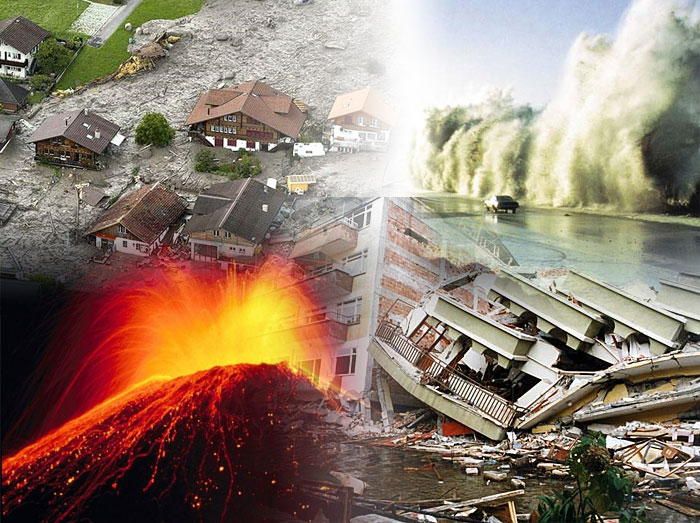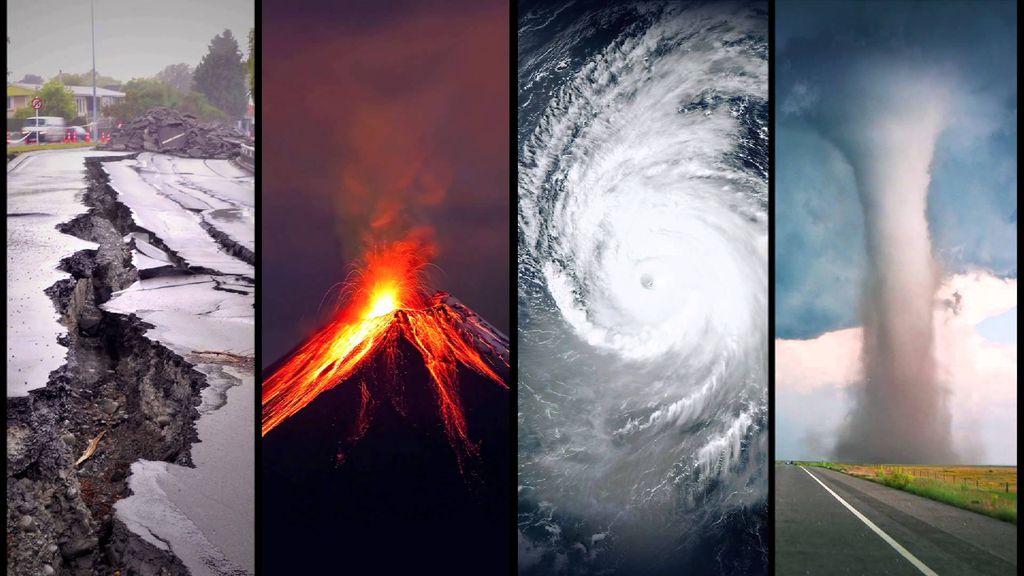Common Types Of Catastrophes In Nature
May 29, 2019 • 64 views
Natural disasters are extreme, sudden events caused by environmental factors that injure people and damage property. Earthquakes, windstorms, floods, and disease all strike anywhere on earth, often without warning. They are catastrophic events with atmospheric, geological, and hydrological origins (e.g., droughts, earthquakes, floods, hurricanes, landslides) that can cause fatalities, property damage and social environmental disruption. The definition of natural disasters is any catastrophic event that is caused by nature or the natural processes of the earth. The severity of a disaster is measured in lives lost, economic loss, and the ability of the population to rebuild. Events that occur in unpopulated areas are not considered disasters. So a flood on an uninhabited island would not count as a disaster, but a flood in a populated area is called a natural disaster. All natural disasters cause loss in some way. Depending on the severity, lives can be lost in any number of disasters. Falling buildings or trees, freezing to death, being washed away, or heat stroke are just some of the deadly effects. Some disasters cause more loss of life than others, and population density affects the death count as well.
Then there is loss of property, which affects people’s living quarters, transportation, livelihood, and means to live. Fields saturated in salt water after tsunamis take years to grow crops again. Homes destroyed by floods, hurricanes, cyclones, landslides and avalanches, a volcanic eruption, or an earthquake are often beyond repair or take a lot of time to become livable again. Personal effects, memorabilia, vehicles, and documents also take a hit after many natural disasters. The natural disasters that really affect people worldwide tend to become more intense as the years go on. Frequency of earthquakes, mega storms, and heat waves has gone up considerably in the last few decades. Heavy population in areas that get hit by floods, cyclones, and hurricanes has meant that more lives are lost. In some areas, the population has gotten somewhat prepared for the eventuality of disasters and shelters are built for hurricanes and tornadoes. However, loss of property is still a problem, and predicting many natural disasters isn’t easy.

Natural and human-caused disasters affect thousands of people each year. Major adverse events such as these have the potential to cause catastrophic loss of life and physical destruction. They are often unexpected and can leave whole communities in shock. People who live through a disaster can experience emotional distress. Feelings of anxiety, constant worrying, trouble sleeping, and other depression-like symptoms are common responses to disasters before, during, and after the event. Many people are able to “bounce back” from disasters with help from family and the community, but others may need additional support to cope and move forward on the path of recovery. Anyone can be at risk, including survivors living in the impacted areas and first responders and recovery workers.
This is part of the involuntary bargain we make with the world just by being alive. We get to experiences the splendor of nature, the beauty of art, the balm of love and the sheer joy of existence, always with the knowledge that illness, injury, natural disaster, or pure evil can end it in an instant for ourselves or someone we love. - Jeff Greenfield
I can only hope the federal aid made available today will be sufficient in our recovery efforts, and pray that our citizens continue to be safe from the fallout of this dangerous natural disaster. - Mike Rogers

However, despite the many natural disasters the world over, mankind has shown amazing resilience. When an area or country is badly affected by a natural disaster, the reaction is always one of solidarity and aid is quick to come. There are organizations set up with the primary goal of being prepared for natural disasters. These groups work on global and local scale rescue work. Aside from those who have chosen to make disaster relief their life-work, when disasters hit, it’s the individuals who step in who help to make a difference. Many people talk about when a disaster has hit and their neighbors and countrymen have come to aid, often to their own loss. People will step in and donate items, time, and skills in order to help those affected by a natural disaster. Celebrities will often do what they can to raise money through concerts, phone marathons, and visiting affected areas with aid. People have also shown that they can rebuild, lives can be remade or start over. Trauma is a big after effect of natural disasters and getting counseling has been the focus of aid—to heal emotionally as well as physically. It’s clear that natural disasters are a part of life as we know it. However, science is making it more possible to predict, aid is faster at coming, and people are learning how to rebuild in safer areas.
